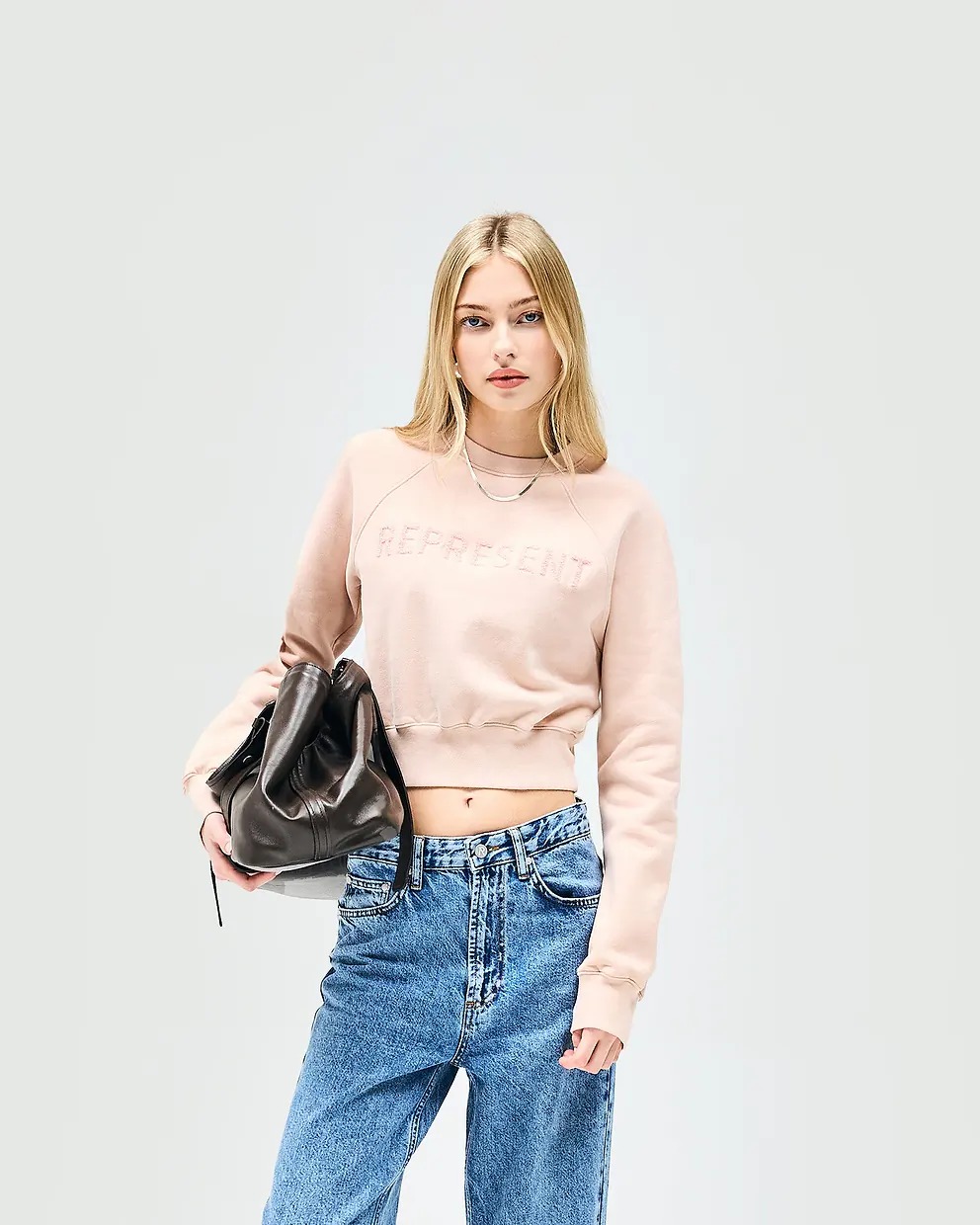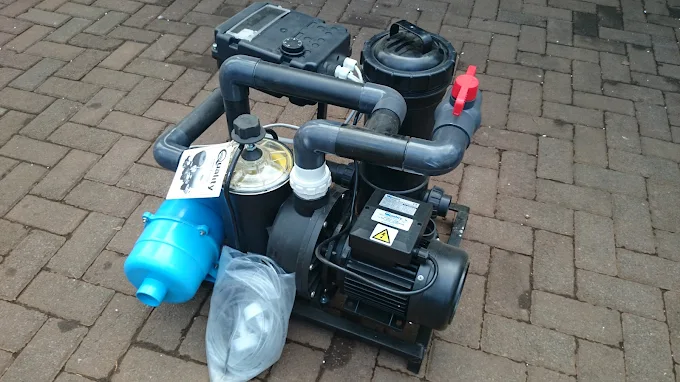
In a world increasingly aware of environmental impact and ethical responsibility, the concept of a conscious closet has become more Essential Clothing than just a trend—it’s a lifestyle choice. Building a sustainable wardrobe isn’t about sacrificing style or convenience; it’s about making mindful decisions that respect the planet, its people, and future generations. Here’s a comprehensive guide to the essentials every conscious wardrobe should embrace.
Why Build a Conscious Closet?
Fast fashion, characterized by rapid production, cheap materials, and fleeting trends, has contributed significantly to pollution, waste, and exploitative labor practices worldwide. By contrast, a conscious closet prioritizes quality over quantity, ethical sourcing, and environmentally friendly materials. It reduces waste, supports fair labor, and encourages a deeper connection with what we wear.
1. Prioritize Quality Over Quantity
The foundation of a sustainable closet is investing in high-quality, timeless pieces rather than accumulating large volumes of disposable clothing. These staples withstand the test of time in both durability and style.
- Why it matters: Durable fabrics and well-constructed garments last longer, reducing the frequency of replacements.
- Tips: Look for natural fibers like organic cotton, linen, hemp, and wool, which tend to be more durable and biodegradable. Check the stitching and fabric weight before buying.
2. Choose Ethical and Transparent Brands
Transparency is key. Brands that openly share information about their production processes, labor practices, and sourcing are more likely to align with sustainable values.
- Why it matters: Ethical brands ensure fair wages, safe working conditions, and reduced environmental impact.
- Tips: Research certifications like Fair Trade, Global Organic Textile Standard (GOTS), or B Corp status. Follow brands’ social media or websites for updates on their sustainability efforts.
3. Embrace Natural and Organic Fabrics
Synthetic fibers such as polyester, nylon, and acrylic are derived from petroleum, contribute to microplastic pollution, and take hundreds of years to decompose. Natural fabrics—especially organic varieties—are grown without harmful pesticides and are biodegradable.
- Examples of sustainable fabrics:
- Organic cotton: Grown without toxic chemicals, organic cotton supports soil health.
- Linen: Made from flax plants, linen requires less water and pesticides.
- Hemp: Extremely durable and low-impact to cultivate.
- Tencel (Lyocell): Made from sustainably sourced wood pulp using a closed-loop process.
- Tips: Learn to read fabric labels carefully. If synthetic blends are used, opt for those with recycled content.
4. Invest in Versatile Basics
A sustainable closet doesn’t mean giving up style—it means building a versatile, mix-and-match wardrobe that suits your lifestyle.
- Wardrobe essentials:
- A classic white button-down shirt
- Well-fitted jeans in a timeless wash
- Neutral-colored t-shirts made from organic cotton
- A tailored blazer
- Comfortable yet stylish shoes made from sustainable materials
- Tips: Choose colors and cuts that flatter your body and can be styled for multiple occasions, reducing the need for excess pieces.
5. Secondhand and Vintage Shopping
One of the most sustainable choices is to buy secondhand. Thrifting reduces demand for new production and keeps garments in use longer.
- Why it matters: It prevents clothing from ending up in landfills and reduces the environmental toll of manufacturing.
- Tips: Explore local thrift stores, online marketplaces like Depop or Poshmark, or even clothing swaps with friends. When buying vintage, inspect items carefully for wear and tear.
6. Care for Your Clothes Properly
Extending the life of your garments through proper care is a vital part of a conscious closet.
- Tips for care:
- Wash clothes in cold water to save energy.
- Avoid the dryer when possible; air drying preserves fabric.
- Use eco-friendly detergents.
- Repair rather than discard damaged items—learn simple sewing skills or find a local tailor.
- Store clothes properly to prevent damage from moisture or pests.
7. Minimalism Meets Mindfulness
Sustainability is as much about mindset as it is about material choices. Adopt a minimalist approach by curating your closet with intention.
- Ask yourself before buying: Do I need this? Will I wear it often? Does it align with my values?
- Declutter responsibly: Donate, recycle, or upcycle clothes you no longer wear instead of throwing them away.
- Capsule wardrobes: Consider building a capsule wardrobe—a small collection of timeless pieces that you love to wear, changing seasonally.
8. Support Circular Fashion Initiatives
Circular fashion aims to eliminate waste through reuse, recycling, and regeneration.
- Examples include:
- Brands that offer take-back or recycling programs.
- Renting clothes for special occasions instead of buying.
- Upcycling old clothes into new garments or accessories.
- Why it matters: Circular systems keep garments out of landfills and reduce resource consumption.
Final Thoughts
Creating a conscious closet is a journey, not Essentials Hoodie a destination. It’s about making gradual, thoughtful changes that reflect your values. While it may seem challenging at first, the benefits ripple far beyond your wardrobe—supporting environmental health, human dignity, and a more mindful approach to consumption.
Every sustainable choice, from buying an organic cotton tee to repairing your favorite jacket, builds a more ethical and enduring fashion culture. By prioritizing quality, transparency, care, and intention, you transform your closet into a space of creativity, sustainability, and respect.
Start today by evaluating your current wardrobe, learning about the brands you love, and making one sustainable swap. Over time, these small steps will add up to a closet—and a lifestyle—that truly honors the planet and your place within it.






